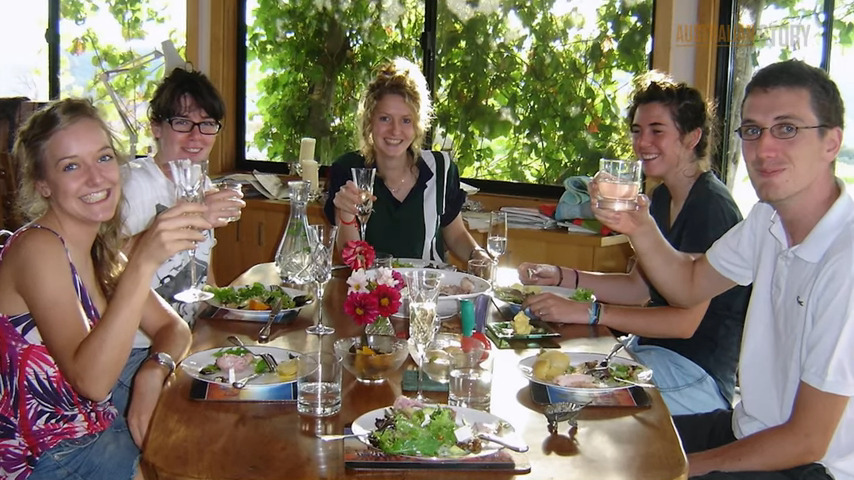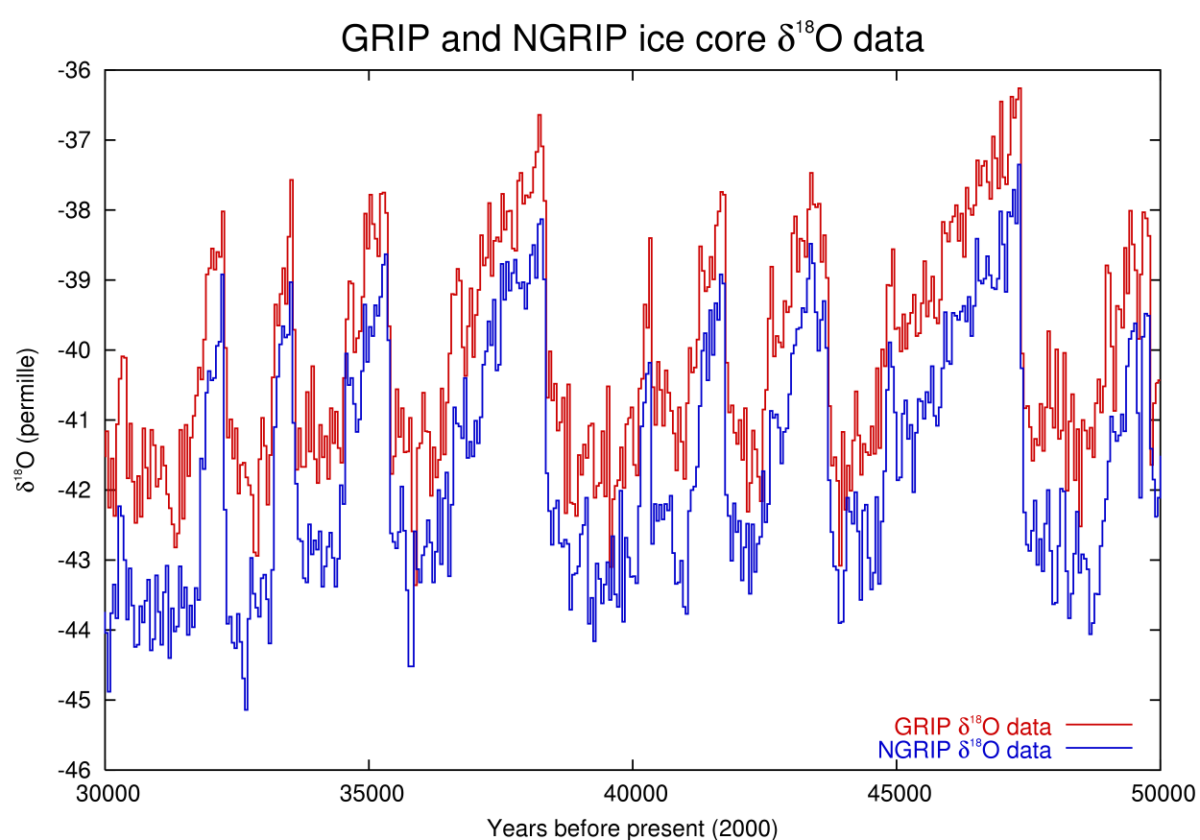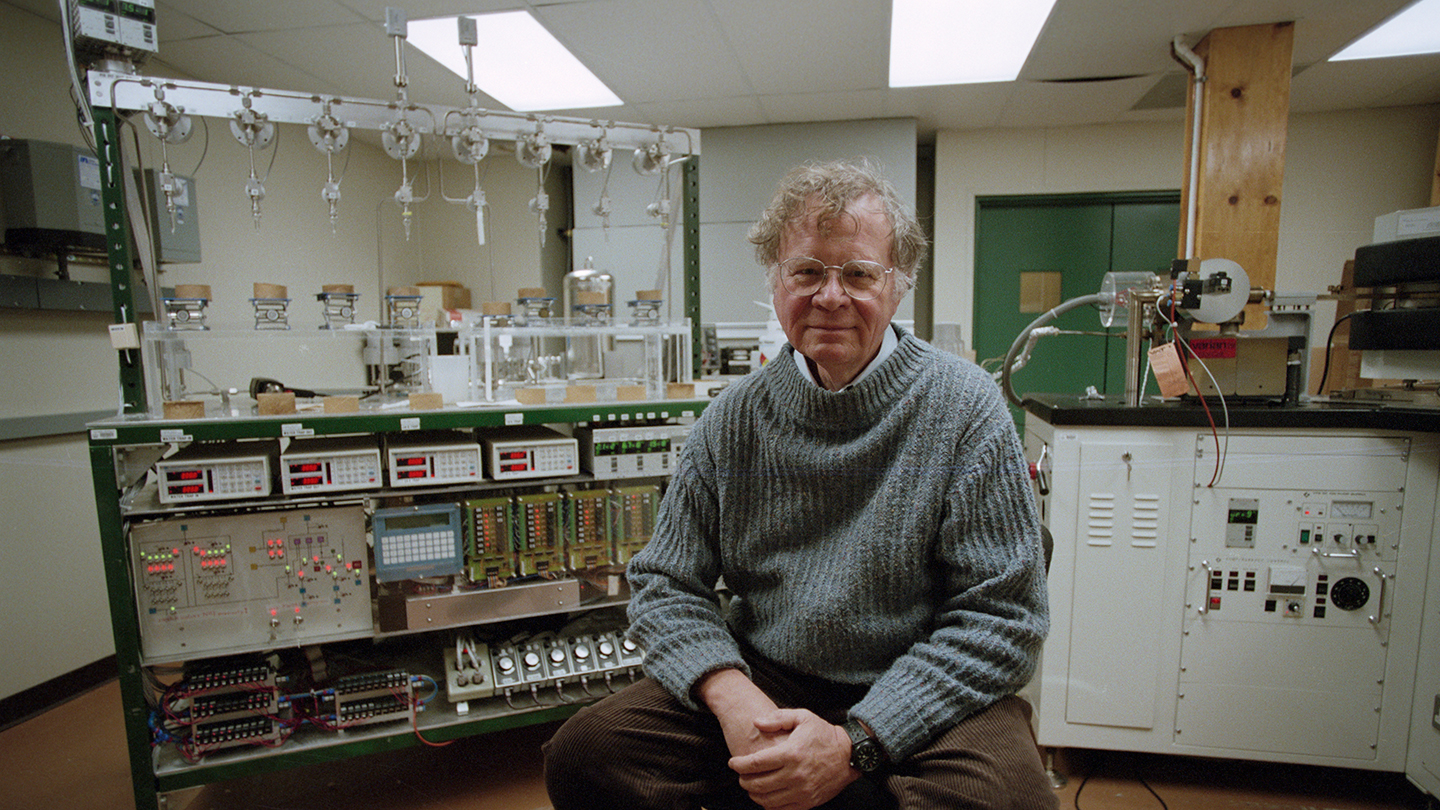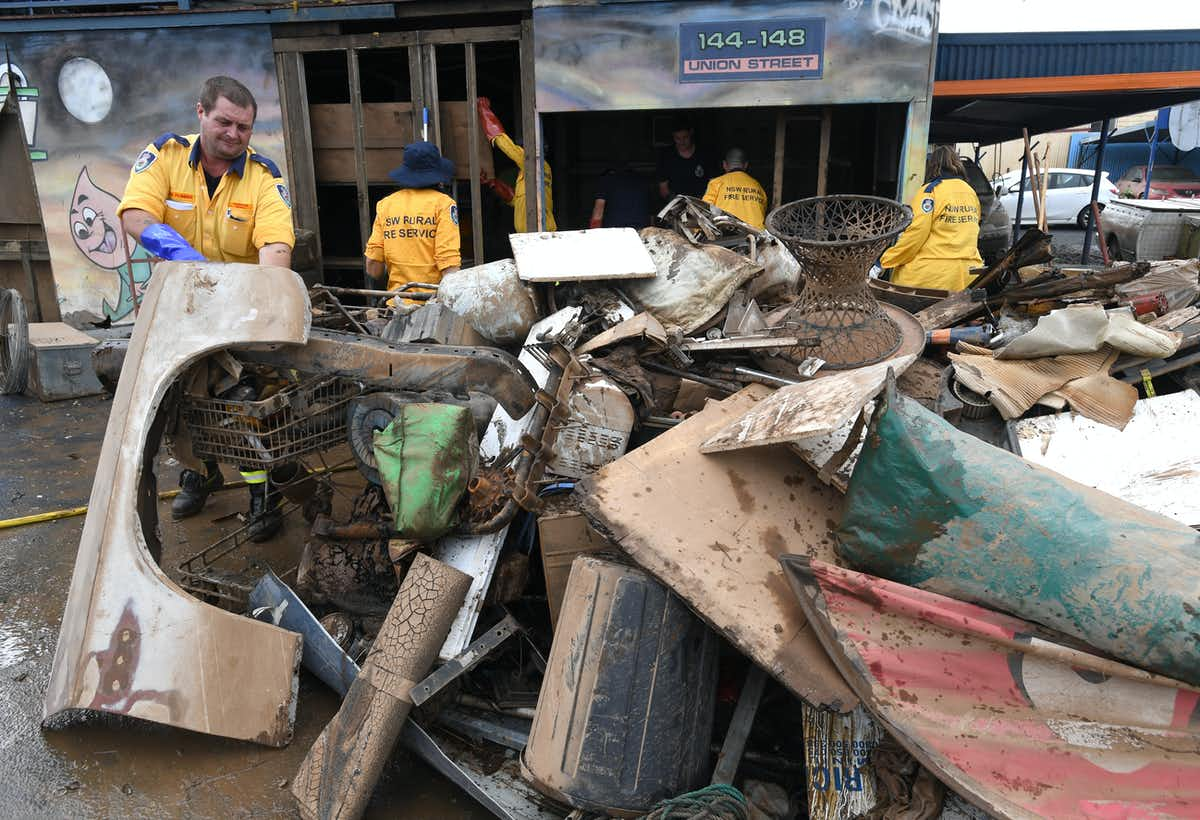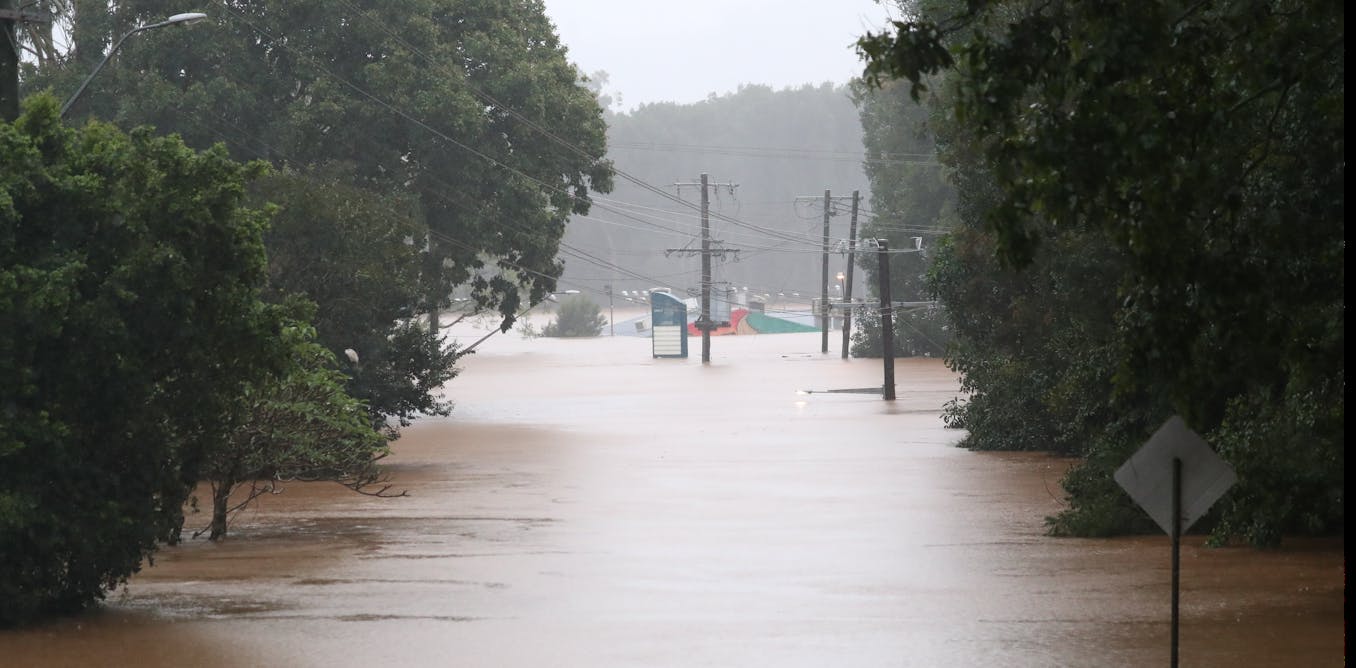Teal Independents: birth and spread of the movement
ABC Australian Story’s account of Cathy McGowan’s remarkable rise in the Liberal’s safe rural seat of Indi and several of the current teal independents applying her model
Australian Story, 16/05/2022 in ABC News in Depth
Independent candidates’ secret weapon to win election seats
When Cathy McGowan won the seat of Indi in 2013, she had no idea that she would become a lightning rod for an independent movement that is now dominating Australian politics. More than 23 so-called teal or community independent candidates are standing in this election and it’s McGowan who has been their “secret weapon”. Join Australian Story as we go on the hustings with the 68-year-old farmer from Victoria to two seats where she’s helping guide candidates and rallying their armies of more than 20,000 volunteers.
Read more: https://ab.co/38vURgr
Featured Image: Cathy McGowan’s run for Indi started and grew through dinner table conversations in the local community wanting to distant ‘representatives’ to deal with locally important issues. / Still image from the ABC video (https://youtu.be/TIxf8Sr6x8I?t=414)
